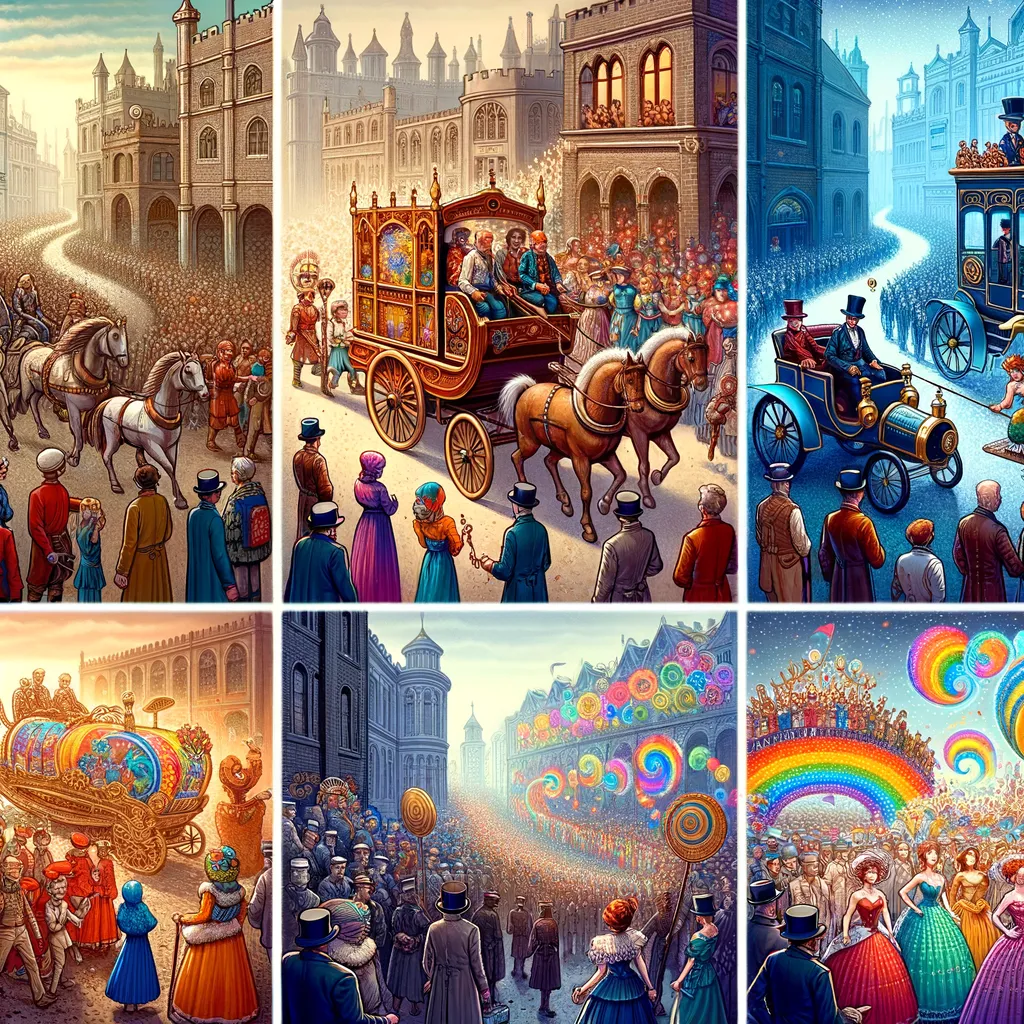A Guide to Night Sky Photography While Camping: Capturing the Cosmos with Your Kids
Welcome to the ultimate guide to night sky photography during those magical camping trips with your family! Whether you’re a seasoned stargazer longing to document the night’s beauty or a camping enthusiast searching for a new adventure with your kids, this guide is your first step to capturing those stellar moments. Night sky photography while camping is not just about taking pictures; it’s an engaging way to bond with your children and teach them about the grandeur of the universe, all while creating memories that last a lifetime.
Why Night Sky Photography Is a Must-Try Experience
Imagine sitting by the campfire, with the milky way as your canopy. Night sky photography offers a unique opportunity to capture the untouched beauty of the stars, planets, and galaxies. It’s a chance to blend adventure, learning, and photography into a single activity that’s both enjoyable and educational for parents and kids alike. This shared experience can spark an interest in astronomy, nurture patience and attention to detail, and enhance your camping trips with a meaningful and exciting challenge.
Getting Started: Understanding the Basics
Before you embark on this photographic journey, it’s essential to grasp some basics. First, understanding your equipment is key. You don’t need the most sophisticated camera to capture the night sky effectively, but certain features can enhance your experience. A camera with manual mode, a sturdy tripod, and a remote shutter release are foundational tools for successful night sky photography.
Additionally, learning about the lunar calendar and how moon phases affect night sky visibility will greatly improve your chances of capturing breathtaking images. Planning your camping trip during a new moon phase, for instance, can provide the darkest skies and the best conditions for photographing the milky way and other celestial bodies.
Choosing the Perfect Camping Location
The location of your camping trip plays a crucial role in night sky photography. Ideally, you want a spot far from the polluting lights of cities and towns – a place where the sky is as dark as possible. National parks and remote public lands often offer such pristine conditions. Researching and choosing your camping destination with night photography in mind will significantly impact the quality and clarity of your celestial snapshots.
This guide promises to navigate through every step of this fascinating journey, from setting up your camp for optimal photography opportunities to teaching your kids the constellations as you search the night sky together. So, pack your bags, grab your camera, and prepare to capture the twinkling cosmos as you create unforgettable memories with your children under the stars.
In the next sections, we’ll dive deeper into the technical aspects of night sky photography, offer tips for engaging your children in the process, and explore how to make the most of your nighttime camping adventure. Stay tuned as we unfold the beauty of the night sky through the lens of a camera, complemented by the laughter and wonder of your kids.
Embarking on a night sky photography adventure while camping is not just about the stunning pictures you’ll take; it’s about the unique experience, the shared learning, and the precious moments spent with your family. Let’s get ready to capture the night sky in all its glory, creating a canvas of memories that will inspire stories for years to come.

A Guide to Night Sky Photography While Camping with Your Family
Welcome, adventurous families, to your comprehensive guide on embarking on a mesmerizing journey into night sky photography while camping! This is not simply a photography expedition; it is a chance to bond, learn, and create enduring memories under the canopy of the cosmos. Night sky photography opens up a universe of wonder for both you and your children, turning each snapshot into a lasting legacy of shared experiences and awe-inspiring discovery.
Five Essential Tips for Parents Preparing for Night Sky Photography While Camping
1. Mastering the Gear Essentials
Before stepping into the night, familiarize yourself with the tools of the trade. You don’t need top-of-the-line equipment to capture the night sky’s majesty, but a few essentials will make a huge difference. A DSLR or a mirrorless camera with manual settings, a sturdy tripod to keep your shots steady under the starlit sky, and a cable or wireless shutter release to avoid any camera shake are your fundamental gear. Remember, understanding how to use your equipment effectively is just as important as the equipment itself.
2. Embrace the Moon and Its Phases
The moon, with its luminous presence, can be both a magnificent addition or a luminous hindrance to your night sky photography. Harness the power of the lunar calendar by planning your camping trips around the new moon phase. This is when the moonlight is at its minimum, allowing the stars and the Milky Way to shine at their brightest. Sharing this planning phase with your kids can be an educational experience, sparking a lifelong fascination with the moon and its phases.
3. Selecting Your Star-studded Campsite
Location is everything in night sky photography. Seek out destinations known for their dark skies away from the intrusive lights of urban areas. National parks, remote wilderness areas, and designated dark sky places offer the perfect backdrop for your celestial photography. Engage your kids in the selection process; researching and finding the ideal spot together can be a thrilling prelude to your camping adventure.
4. The Art of Perfect Timing
Timing your shots is just as crucial as picking the right location. The best window for capturing the Milky Way, for instance, is during the late evening and into the early hours of the morning in the summer months. However, different times of the year and night can showcase various celestial wonders. Turn this waiting game into a fun, educational moment by teaching your kids about the constellations, sharing stories of the cosmos, or simply enjoying the serenity of the night together.
5. Engaging and Educating Your Kids
Night sky photography while camping offers a unique platform to teach your kids about the night sky, photography, and patience. Make the experience interactive by involving them in setting up the equipment, choosing the scenes to capture, or even taking turns at the camera. Discuss what you’re photographing, the science behind it, and the beauty of preserving these moments through photography. This shared learning experience can deepen their appreciation for nature, science, and art.
Embarking on a night sky photography adventure while camping transcends capturing beautiful images; it’s about sharing a profound experience with your children, filled with wonder, learning, and joy. As we prepare to explore the technical nuances, engage young minds, and capture the breathtaking beauty of the night sky, remember that the journey itself is where the real magic lies. Together, you’ll not only capture the stars but also moments of connection and discovery that illuminate the beauty of the universe and the joy of family adventures.
So pack your bags, ready your camera, and set out on an unforgettable journey to capture the twinkling cosmos. With each photograph you take, you’re not just freezing a moment in time; you’re giving your children a piece of the universe to hold onto and a spark that might ignite a lifetime passion for the wonders of the night sky. Let’s embark on this adventure together, creating a tapestry of memories that will be cherished for generations to come.
Disclaimer
The articles available via our website provide general information only and we strongly urge readers to exercise caution and conduct their own thorough research and fact-checking. The information presented should not be taken as absolute truth, and, to the maximum extent permitted by law, we will not be held liable for any inaccuracies or errors in the content. It is essential for individuals to independently verify and validate the information before making any decisions or taking any actions based on the articles.



